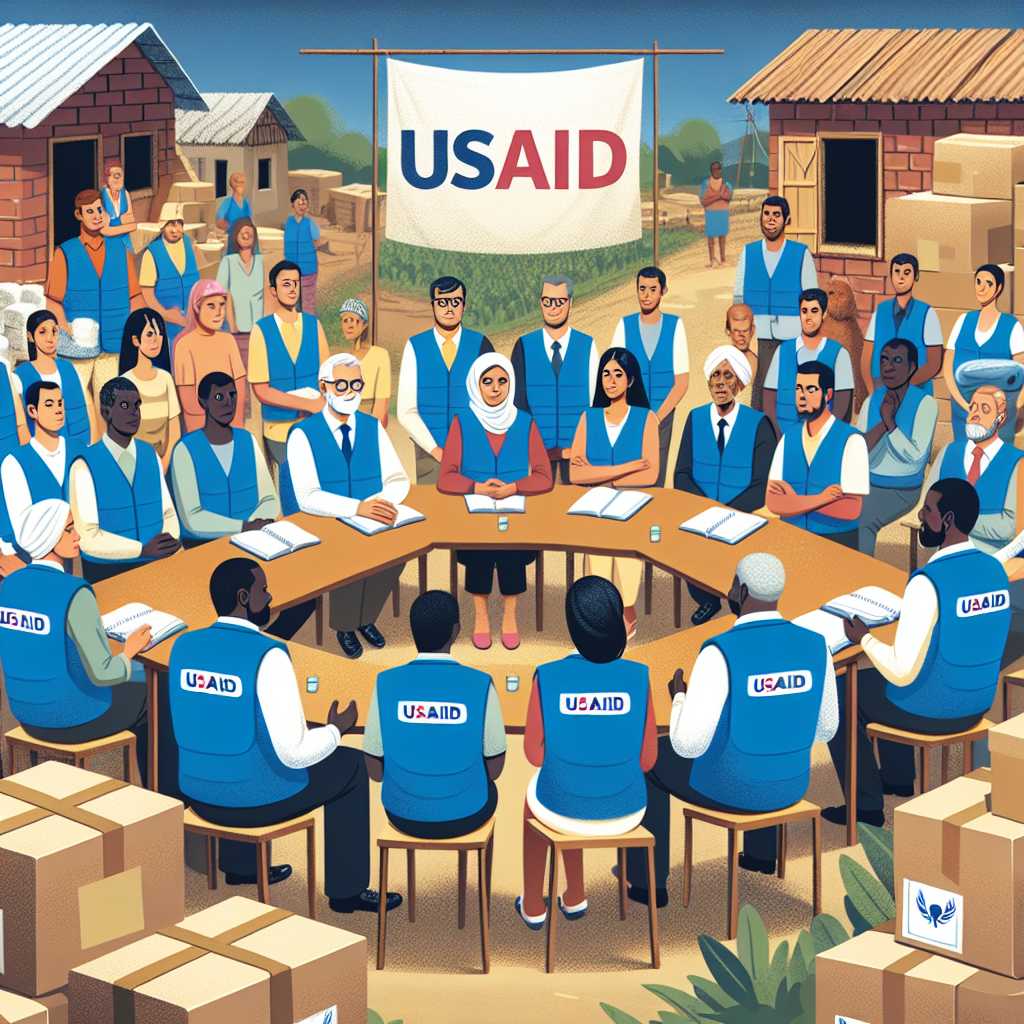Understanding USAID: An Overview of the United States Agency for International Development
USAID, or the United States Agency for International Development, is an independent agency of the Federal government tasked with extending assistance to countries recovering from disaster, trying to escape poverty, and engaging in democratic reforms. As the world faces numerous challenges ranging from climate change and global health crises to armed conflicts and economic instability, USAID plays a vital role in addressing these issues by advancing U.S. foreign policy interests through the distribution of civilian foreign aid and development assistance.
History and Foundations of USAID
US foreign assistance has a history that dates back over a century. However, USAID as it exists today was created in 1961 under President John F. Kennedy, with the signing of the Foreign Assistance Act. This pivotal legislation brought together several existing foreign assistance organizations and programs under the management of one agency. From its inception, USAID has aimed to represent the American people’s compassion and goodwill by leading efforts to eradicate disease, hunger, and poverty around the world.
Strategic Goals and Priorities
In pursuit of creating a more sustainable and prosperous world, USAID sets forth clear strategic goals which align with U.S. national interests while focusing on moral imperatives of humanitarian aid. These goals typically involve:
– Promoting global health
– Supporting global stability
– Providing humanitarian assistance during crises
– Advancing democracy, human rights, and governance
– Fostering economic growth and development
– Investing in education
– Addressing food security and agriculture
Adopting evidence-based approaches and engaging in collaborations with partners help ensure these goals are met adequately.
Programs and Initiatives
USAID’s programs are diverse, as they tackle an array of issues across different parts of the world. From fighting HIV/AIDS through the President’s Emergency Plan for AIDS Relief (PEPFAR) to responding to natural disasters via its Office of U.S. Foreign Disaster Assistance (OFDA), USAID aims to deliver programs that maintain a lasting impact. Other initiatives include Feed the Future for food security, Power Africa to increase electricity access across sub-Saharan Africa, and various education and environmental conservation projects, among many others.
Organizational Structure and Funding
The administration of USAID falls under the oversight of an Administrator who is appointed by the President and confirmed by the Senate. This individual leads an organizational structure comprising various bureaus specializing in different aspects of foreign assistance – such as Global Health, Democracy, Conflict, Humanitarian Assistance, and more.
USAID receives funding primarily from Congress through the annual federal budget process in the form of both ongoing appropriations for long-term projects and supplementary appropriations when urgent needs arise due to crises such as epidemics or natural disasters.
Impact Assessment and Controversies
The effectiveness of USAID’s programs is analyzed using various performance measurement tools and impact evaluations. Transparency is sought through reports to Congressional Appropriators and communications with the American public. Despite good intentions, like any large-scale operation, USAID faces criticisms related to concerns about aid dependency, project sustainability, or instances where funds have been mismanaged.
Studies show that in some areas progress has been significant, such as reducing infant mortality rates or increasing literacy rates in specific countries. Each year, USAID highlights its impact through a detailed annual performance report which is made available publicly.
Notes
Image Description
An image showing a group of people clad in blue vests emblazoned with ‘USAID’ sitting at a roundtable discussion with residents in a developing country village. They are surrounded by various items indicating aid distribution, such as boxes of medical supplies and stacks of educational materials.
OYvdq

